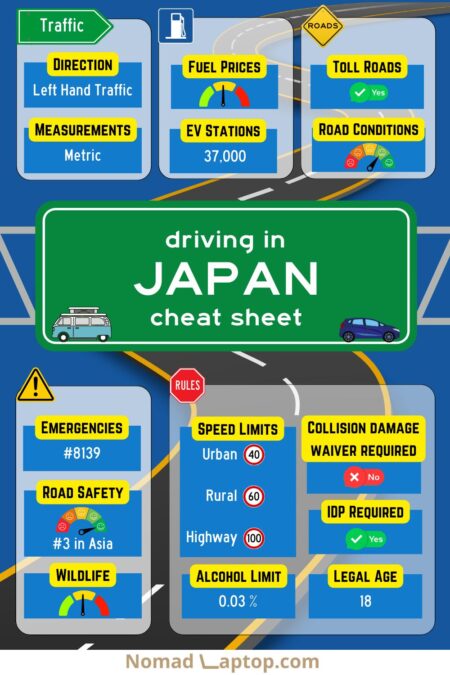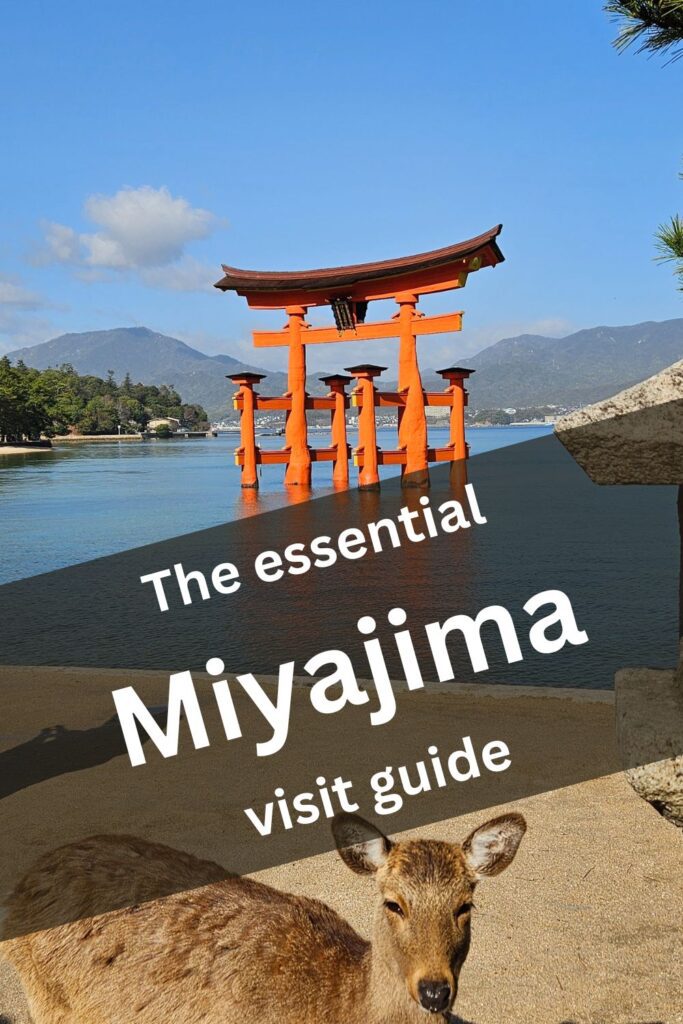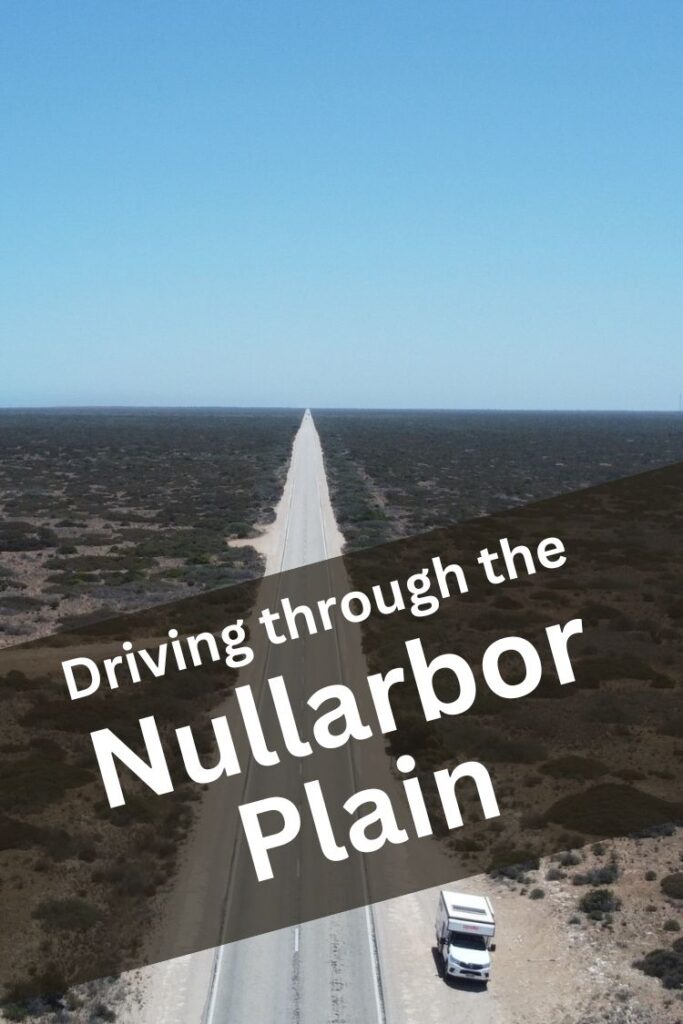When people think of visiting Japan, driving isn’t the first thing that comes to mind. After all the public transport and railway systems are so advance, capillary, punctual, fast and high standard, that you can reach almost every destination by hopping onto a bullet train shinkansen.
However, driving in Japan allows you not only to take breaks from the hustle and bustle of chaotic city lives, and get more acquainted with the beautiful countryside. By car you can visit volcanoes, national parks, and lakes, and get lost in small towns trying to decipher road signs written in the kanji.
Here you will find some information, as well as some tips personal impressions on driving in the Land of the Rising Sun. My experience comes from a series of small road trips, from driving from Tokyo to the Fuji Five Lakes in Yamanashi prefecture, to Nikko National Park in Tochigi prefecture, and to Shiretoko National Park in Hokkaido. Overall it is around 1000 km. As such, I did not experience the southern regions, any islands, or other major cities apart from Tokyo.
For more information be sure to check out this article on my Japan Road Trip.
Traffic Rules Basics
First and foremost, the basics: in Japan, driving is on the left side of the road with the steering wheel on the right. So overtaking is done on the right, and this is followed quite a bit by cars staying on the left and not remaining on the right for long (apparently this is enforced quite a bit by the police).
All common driving requirements of developed countries are followed (i.e., mandatory seatbelts, it is illegal to drive under the influence, and the driving legal age is 18).
Speed limits are 40 km/h in urban areas, 60 km/h outside cities, and 100 km/h on highways.
Roundabouts are clockwise, with way given to those already in the roundabout (so to the right). Otherwise way is given to cars coming from the left.
In some countries, you may turn left at a red traffic light (or right depending on traffic direction, anyways turn without crossing a lane). In Japan, this is not permitted and drivers must wait for a green light.
Driving Requirements
Before even thinking of driving in Japan, you must be aware that you probably need to have an international driver’s permit (IDP). Licenses from the following countries require this:
| Asia | Australia, Bangladesh, Cambodia, Fiji, Hong Kong (China), India, Japan, Kyrgyzstan, Laos, Malaysia, New Zealand, Pakistan, Papua New Guinea, Philippines, Singapore, South Korea, Sri Lanka, Taiwan, and Thailand |
| Europe | Albania, Andorra, Austria, Belgium, Bosnia and Herzegovina, Bulgaria, Cyprus, Czech Republic, Denmark, Finland, France, Georgia, Greece, Hungary, Iceland, Ireland, Italy, Luxembourg, Malta, Monaco, Montenegro, Netherlands, Norway, Poland, Portugal, Republic of San Marino, Romania, Russia, Slovakia, Serbia, Spain, Sweden, Switzerland, Turkey, United Kingdom, Vatican City (Holy See) |
| North America | Canada and the United States of America |
| South America | Argentina, Barbados, Chile, Cuba, Ecuador, Guatemala, Haiti, Jamaica, Paraguay, Peru, Republic of Dominica, Trinidad and Tobago, and Venezuela |
| Africa/Middle East | Algeria, Benin, Botswana, Burkina Faso, Central African Republic, Côte d’Ivoire, Democratic Republic of the Congo, Egypt, Ghana, Israel, Jordan, Kingdom of Lesotho, Lebanon, Madagascar, Malawi, Mali, Morocco, Namibia, Niger, Nigeria, Republic of Congo, Republic of South Africa, Rwanda, Senegal, Sierra Leone, Syria, Togo, Tunisia, Uganda, United Arab Emirates, and Zimbabwe |
Alternatively, these countries instead need an official translation of their license into Japanese.
| Asia | Taiwan |
| Europe | Switzerland, Germany, France, Belgium, Estonia, and Monaco |
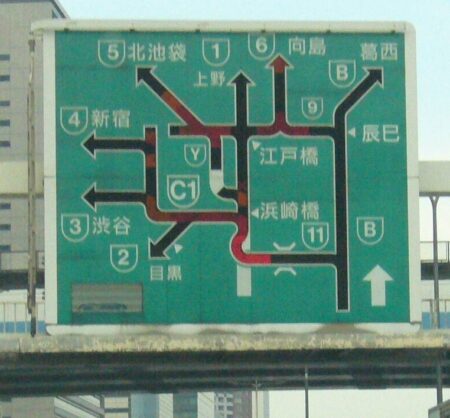
I stress again the official part. The translation needs to be from the JAF (Japan Automobile Federation). I got my translation through another means (a US-based company), which was authoritative, certified as accurate, and used for other official document translations, but it was not accepted. Applying for a JAF translation is very easy and efficient, as are most services in Japan. One needs to find the relative section on their website and proceed to fill out the form. This process can only be done in Japan, as the website has IP tracking. The translation can be immediate (meaning hours) or take up to two working days. Once done, you will receive a code that you can use to print the document at one of the many 7-Eleven stores spread throughout the country.
Road Conditions

Japan is a modern industrial nation with excellent transport infrastructure. Trains and metros are well known to be excellent, but the roads are also in perfect condition.
A distinction must be made when it comes to urban or extra-urban roads. Cities in Japan are tightly packed. For example, police, ambulance, and fire department cars are very small (almost hilariously so) when compared to the cars, trucks, and vans that are commonly seen in the West. Cities like Tokyo have large avenues, but it is common to see small, narrow cars rather than larger ones.
Road Signs

If you don’t know Japanese, road signs will mostly be unintelligible. Signs like stop signs or pedestrian crossings are international and understandable, and major highway exits often have both Japanese and English translations, but you will also encounter a slew of indications that will simply be sensory overload.
Highways, for example, which are notoriously simpler to navigate than city traffic, will present large billboards indicating all the major exits, and I still cannot fathom how someone driving at 80 km/h can absorb this information, as can be seen in the image. It must be said, though, that these are found in major suburban areas such as Tokyo, and more rural destinations will naturally have a simpler system of highway exits.
Because of this, renting a car with an (English) navigator, or using your phone is highly recommended.
Road tolls
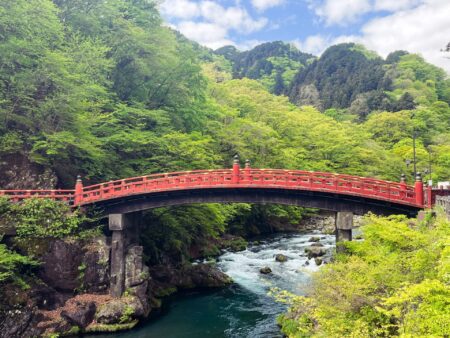
Japan is a very expensive country, and toll roads are no different. There are many, many toll booths along the highways.
Most rental car agencies suggest buying the ETC (Electronic Toll Collection) card, which simply allows you to pass through the corresponding ETC toll booth without stopping, and you get automatically charged and pay the accumulated total at car return. This is what I did, and it was efficient and comfortable. Also, I got to enjoy the electronic female voice that would greet me every time I would turn on or off the engine, saying “ETC cardo (followed by an incomprehensible long sequence of words)”.
Fuel
Gas is done the “non-American” way, for lack of a better word for it. This means payment is not done upfront to unlock the pump. Gas stations are usually serviced. As for anything else in Japan, tipping is not only uncommon but can also be seen as offensive. In any case, you will always receive perfect change for any expense. Gas prices are high and comparable to those in Europe.
Fueling up is almost an experience, and you will be accompanied by multiple attendants as you drive away, who will then stand in line and bow and wave you a good journey. Customer service simply on another level.
Parking
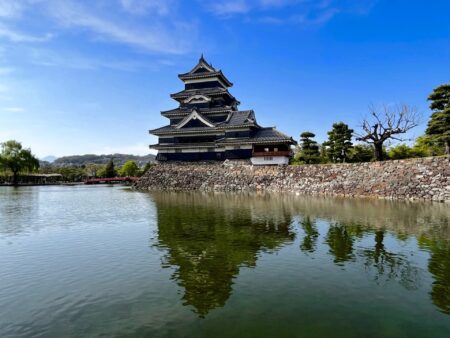
In cities, parking lots are small and are either gated lots or lots with locking plate locks. These have plates that lock your wheels in place, and clearly, the car shouldn’t be moved once the plates have been locked to avoid damage to the car. In both cases, there are coin booths at the entrance to pay for the ticket.
In rural areas, parking is often free unless it is next to a major tourist attraction.
By now, you should have understood that everything is extremely ordered, so it is generally unthinkable to park your car in “creative” ways on the side of the road in cities. Sure, you will find some cars momentarily parked on the side of the road in some sightseeing spots. Seeing a beautiful Sakura tree with a breathtaking landscape backdrop almost demands you stop, but this is rare.
Police

I saw only one car stopped by the police during my drive.
There is a somewhat urban legend saying that there are no police chases in Japan because the police cars are small and underpowered and cannot catch you.
This is true, not because of the performance of cars but because of safety reasons, meaning that there are no US-style chases on the highway and technology, speed cameras, and radars are used instead.
One thing that I noticed, which reminded me of Italy, is how on highways the speed limits are followed by everybody, but in areas where presumably there are no speed cameras, it is also common to see that one car that goes even 50 km/h beyond the limit. On large highways, there are plenty of lanes, and this is not dangerous or anything, but you will be overtaken by someone who is just on another speed limit planet.
Driving
Driving in a foreign country can be a daunting task the first time you put your hands on the wheel, and Japan is no different, arguably more stressful and confusing.
As said above, the road signs are mostly alien, traffic in major cities is often congested, and if you’re not used to driving on the left, this is an additional obstacle (and you can see those who belong to this category, as they will always activate the windshield wipers instead of turn lights at a crossing). Roads in cities are also narrow, and occasionally the car will start speaking to you in Japanese just to add some fun to the whole experience.
Driving Etiquette

Like other aspects of society and communal life in Japan, people are very respectful and considerate. Also, Japan is an almost eerily quiet country, and you will never hear anyone honking, so don’t do it yourself.
In this regard, staying in your lane and indicating changing lanes is the norm, and other drivers are not accustomed to people driving all over the place. Japanese “love” and respect very much their queues, and in cars, this is no different.
As a European driver and someone who has driven in several other countries, I might say that at times traffic seemed to be “too slow” and respectful, but that is a criticism of my driving experience and roots and not of the country.
Driving Quirks
If you let someone pass or do anything that would be met with a thankful gesture, you will see them blink their lights twice. However, they might also bow as if they were on foot. I found this amusing while driving, and once I saw this, I would always let people pass and generally be overly considerate just to see the drivers proceed with their turns or insertion in traffic while constantly bowing in front of the wheel.
Wildlife
You will encounter very little wildlife, if any. In some areas, for example, near Nikko National Park, I would often see monkeys on the side of the road in the mornings, but they are quick, reactive, and well aware of traffic (unlike other animals; I’m talking to you, Kangaroos of Australia). Also in Nikko, I saw signs indicating wildlife crossing, mostly raccoons (which, by the way, is the best sign ever, as the animals are cute even on the sign).
